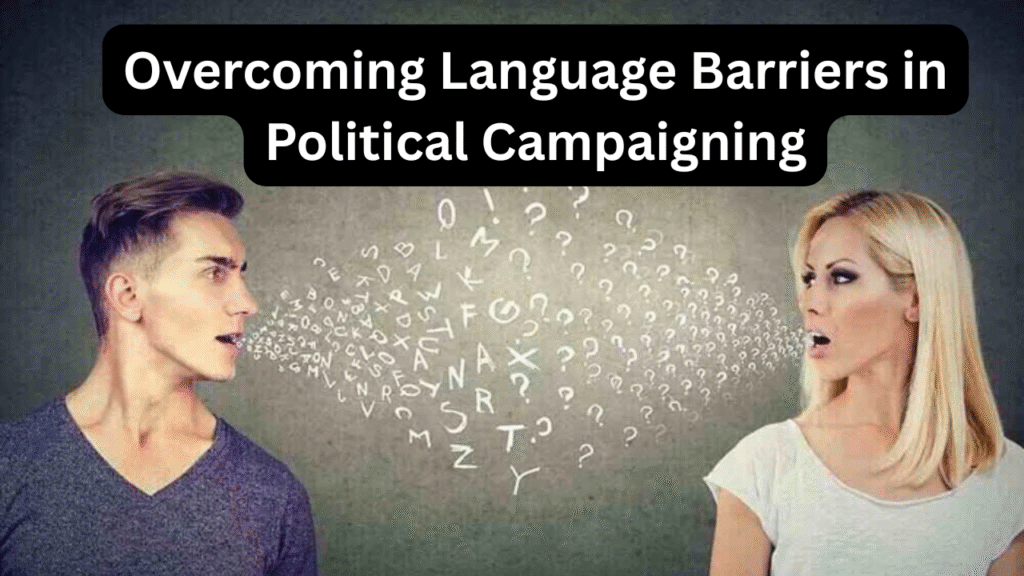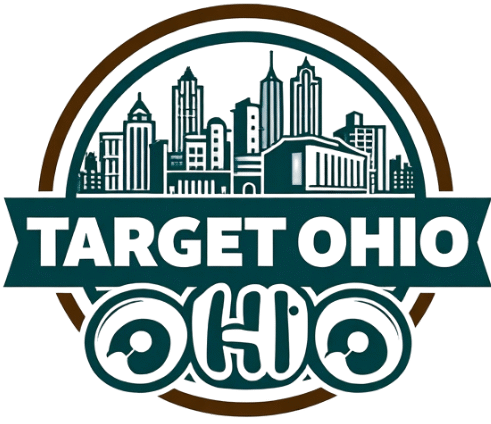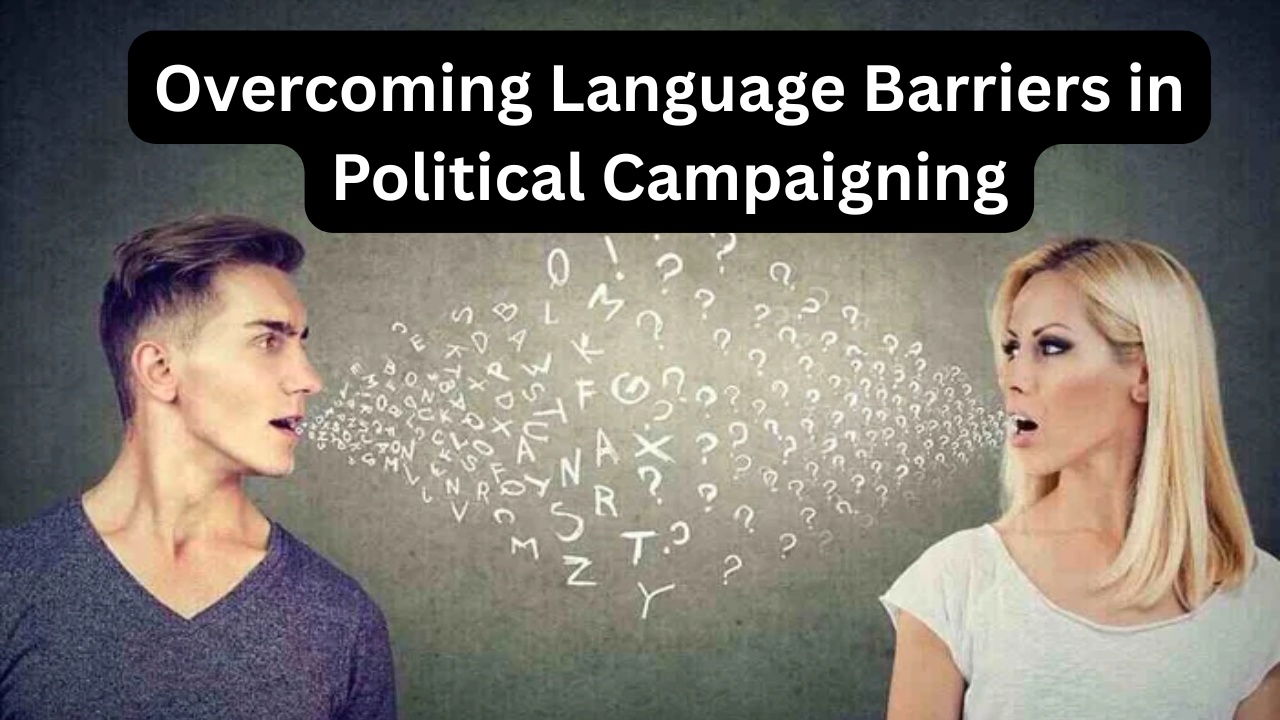
Language is a critical tool in political campaigning. It shapes how candidates communicate their messages, connect with voters, and mobilize support. However, for many political candidates, especially those from immigrant or minority communities, language barriers pose significant challenges. These obstacles can hinder effective outreach, reduce voter engagement, and limit the ability to build broad coalitions. This article explores the nature of language barriers in political campaigning, their impacts, and practical strategies to overcome them for more inclusive and successful campaigns.
The Nature of Language Barriers in Politics
Language barriers arise when candidates and voters do not share a common language or when voters have limited proficiency in the dominant language used in political discourse. In the United States and other multilingual societies, many communities speak languages other than English at home, such as Spanish, Chinese, Vietnamese, Tagalog, or Hindi. Candidates seeking to represent these diverse populations must navigate linguistic differences while conveying complex policy ideas.
Challenges Caused by Language Barriers in Political Campaigning
1. Limited Voter Outreach:
Candidates unable to communicate effectively in voters’ native languages risk alienating those communities. This reduces voter awareness, enthusiasm, and turnout.
2. Miscommunication of Policies:
Language gaps can result in voters misunderstanding a candidate’s platform, leading to misinformed voting decisions or apathy.
3. Reduced Media Coverage:
Mainstream media coverage often centers on English-speaking audiences, limiting exposure to non-English speaking voters.
4. Difficulty in Building Trust:
Voters may feel disconnected or skeptical if candidates fail to communicate in culturally and linguistically relevant ways.
5. Campaign Resource Challenges:
Producing multilingual campaign materials and employing bilingual staff require additional resources, which some campaigns lack.
Effective Strategies to Overcome Language Barriers
1. Hiring Bilingual Staff and Volunteers:
Recruiting team members fluent in target community languages improves communication, canvassing, and event organization.
2. Translating Campaign Materials:
Flyers, websites, social media posts, and speeches should be translated accurately and culturally adapted to resonate with diverse voters.
3. Utilizing Multilingual Media Outlets:
Engaging with ethnic media such as radio, newspapers, and TV channels helps reach voters in their preferred language.
4. Hosting Language-Specific Events:
Town halls, listening sessions, and community meetings conducted in multiple languages create inclusive spaces for dialogue.
5. Leveraging Digital Tools:
Technology like translation apps, subtitles on videos, and multilingual chatbots can enhance communication and voter engagement online.
6. Building Partnerships with Community Organizations:
Collaborating with trusted community groups aids in outreach and ensures messaging aligns with cultural nuances.
Table: Language Barrier Challenges and Solutions in Political Campaigning
| Challenge | Description | Impact on Campaign | Solution | Example |
|---|---|---|---|---|
| Voter Outreach Limitations | Difficulty connecting with non-English speakers | Lower voter engagement | Hiring bilingual staff | Spanish-speaking canvassers |
| Policy Miscommunication | Voters misunderstand platforms | Reduced support | Clear, culturally adapted translations | Multilingual websites |
| Media Coverage Constraints | Limited ethnic media exposure | Narrow audience reach | Partnering with ethnic media | Ads on community radio |
| Trust and Relationship Gaps | Lack of culturally relevant communication | Weaker voter trust | Language-specific events | Vietnamese town halls |
| Resource Constraints | Extra costs for translation and staffing | Budget challenges | Prioritizing multilingual outreach | Volunteer translation teams |
The Importance of Cultural Competence Alongside Language
Language proficiency alone is insufficient without cultural competence—the understanding of cultural contexts, values, and communication styles. Effective campaigns combine language skills with cultural knowledge to build genuine connections and trust. For instance, certain idioms, humor, or social norms may need adaptation to avoid misunderstandings.
Case Studies of Successful Multilingual Campaigns
- A California mayoral candidate increased turnout among the Chinese American community by translating campaign materials and holding Mandarin-speaking events.
- A Texas congressional candidate partnered with local Spanish-language radio stations and staffed Spanish-speaking volunteers, resulting in record Hispanic voter engagement.
- In New York City, a candidate used digital platforms with subtitles and multilingual chatbots to answer voter questions in real time, improving accessibility.
Overview Table: Overcoming Language Barriers in Political Campaigning
| Aspect | Challenge | Strategy | Benefits | Real-World Example |
|---|---|---|---|---|
| Voter Engagement | Language disconnect reduces turnout | Bilingual staff and translated materials | Increased voter participation | Latino community outreach |
| Communication Clarity | Complex policies lost in translation | Culturally adapted translations | Better voter understanding | Asian American candidate websites |
| Media Access | Limited ethnic media reach | Collaboration with ethnic outlets | Broader audience reach | Spanish radio ads |
| Trust Building | Cultural gaps weaken relationships | Language-specific community events | Stronger community ties | Town halls in multiple languages |
| Resource Allocation | Cost of multilingual outreach | Volunteer networks and prioritization | Efficient budget use | Volunteer translation teams |
FAQs
Q1: Why is language important in political campaigns?
A1: Language shapes how candidates connect with voters, explain policies, and build trust, directly impacting voter engagement and election outcomes.
Q2: What are common ways to address language barriers in campaigns?
A2: Hiring bilingual staff, translating materials, engaging ethnic media, and hosting language-specific events are effective approaches.
Q3: How does cultural competence enhance language outreach?
A3: Understanding cultural nuances ensures communication resonates meaningfully beyond literal translation, fostering stronger voter relationships.

